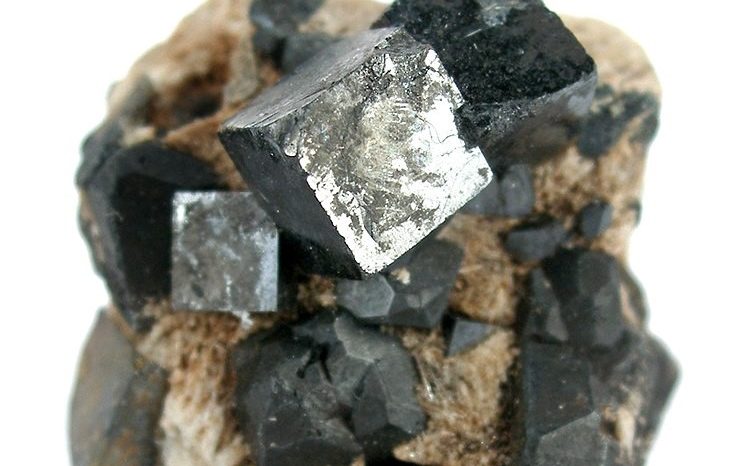Scientists from four U.S. universities have said bifacial perovskite PV cells have the potential to become more environmentally friendly than conventional crystalline silicon devices, due to their increased energy yield.
The researchers analyzed the environmental impact of single-junction, bifacial perovskite cells with high and low bandgaps, and multi-junction devices of the same type with two-terminal (2T) and four-terminal (4T) structures. They quantified the life cycle energy production from the cells under real-world conditions and benefiting from diverse albedo environments including installation above sandstone, concrete, grass and snow.
With two-terminal perovskite cells already boasting a similar environmental impact to their crystalline counterparts, the potential is there for other perovskite devices to reach parity, according to the researchers.
Sites
The scientists – from the South Dakota School of Mines and Technology and Michigan State, Toledo and Wisconsin universities – examined sites at Toledo, in Ohio and Golden, Colorado, to take account of high and low latitude and humidity conditions.
At present, the researchers concluded, only single-junction, lead-based bifacial cells are more environmentally friendly than traditional crystalline silicon devices, in terms of each square meter of active area manufactured. Citing an environmental impact 20-60% higher for bifacial cells – compared with single-sided devices – the researchers said: “The difference can be attributed to the difference in material requirements for glass and contacting layers and the additional anti-reflective coating (ARC) layer needed for bifacial PVs [cells].”
While two-terminal perovskite cells had a similar environmental impact to that of crystalline counterparts, four-terminal perovskite devices had 50-70% more of an impact. “The higher impact is primarily due to acidification, eutrophication, human health particulate air and non-cancerous human toxicity impact,” said the group. For all tandem cell categories, the tin-lead (Sn-Pb)-mixture-based absorber is the least environmentally friendly layer.
Popular content
With bifacial devices offering 9-26% more energy yield than single-sided devices “among all surfaces and locations studied,” however, the researchers added: “Our results show that there are opportunities for all studied bifacial perovskite PV structures to become more environmentally friendly than c-Si cells.”
The findings of the research were presented in the paper Environmental Impact per Energy Yield for Bifacial Perovskite SolarCells Outperforms Crystalline Silicon Solar Cells, published in Cell Reports Physical Science.
Strenuous research efforts are being made to reduce lead content in perovskite cells, with recent studies completed at the U.S. Department of Energy’s National Renewable Energy Laboratory, South Korea’s Ulsan National Institute of Science and Technology and Germany's Helmholtz-Zentrum Berlin, among others.
The trace amounts of lead likely to be leached into the environment from conventional crystalline silicon solar modules have been a minor concern but the recent popularity of lead-heavy perovskites – which are expected to enter mass production within two years – has potentially more significant ramifications for the solar industry.
Lead
pv magazine has discussed the use of lead in crystalline solar modules as part of our global UP sustainability initiative. Check out the October and November 2019 editions of the print magazine to read our coverage. Contact up@pv-magazine.com to find out more.
This content is protected by copyright and may not be reused. If you want to cooperate with us and would like to reuse some of our content, please contact: editors@pv-magazine.com.



3 comments
By submitting this form you agree to pv magazine using your data for the purposes of publishing your comment.
Your personal data will only be disclosed or otherwise transmitted to third parties for the purposes of spam filtering or if this is necessary for technical maintenance of the website. Any other transfer to third parties will not take place unless this is justified on the basis of applicable data protection regulations or if pv magazine is legally obliged to do so.
You may revoke this consent at any time with effect for the future, in which case your personal data will be deleted immediately. Otherwise, your data will be deleted if pv magazine has processed your request or the purpose of data storage is fulfilled.
Further information on data privacy can be found in our Data Protection Policy.